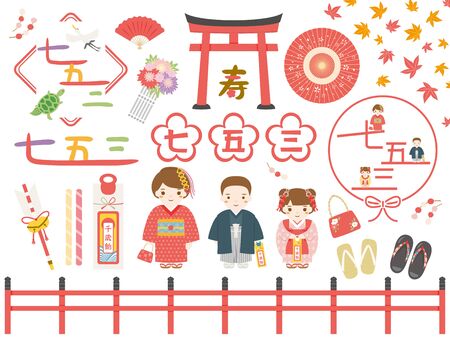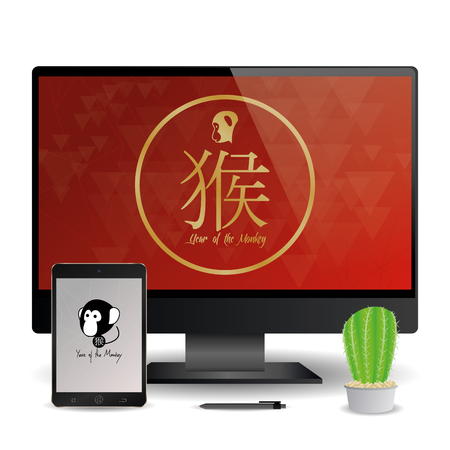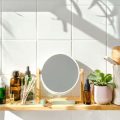Reflections Through Time: A Brief History of British Mirrors
The journey of mirrors through British history is one of artistry, innovation, and social transformation. In medieval Britain, mirrors were rare luxuries—often crafted from polished metal or gilded glass, reserved for the nobility and ecclesiastical elites. These early pieces not only reflected the faces of those who gazed into them but also mirrored the hierarchical values of their time. As centuries passed, advancements in glassmaking during the Renaissance ushered in a new era. By the Georgian period, British artisans began to produce larger, more refined mirrors framed with intricate carvings and gold leaf, marking both technical progress and evolving tastes.
The Victorian era witnessed an explosion of decorative mirror design. Ornate frames adorned with floral motifs and elaborate scrollwork became centrepieces in middle-class homes, signalling prosperity and a growing desire for personal expression. The craftsmanship of each mirror told a story—not just of its maker, but of an entire society in flux: industrialisation, changing class structures, and expanding worldviews all found subtle echoes in these reflective surfaces. Today, historic British mirrors offer more than aesthetic pleasure; they provide insight into how material culture shapes—and is shaped by—the collective consciousness. This rich heritage lays the foundation for understanding their symbolic power when applied to modern Feng Shui practice.
2. Symbolism and Superstition: Mirrors in the British Imagination
Across centuries, mirrors have occupied a place of mystery and reverence within British culture. Their reflective surfaces are more than mere functional objects; they carry deep symbolism in folklore, literature, and domestic life. Within the British imagination, mirrors were often seen as portals—windows to the soul and gateways to unseen worlds. This belief is richly illustrated in both rural customs and classic literature, where mirrors were said to reveal truths or warn of danger.
Mirrors as Windows to the Soul
In traditional British folklore, it was widely believed that a mirror could capture or reveal a person’s soul. The act of gazing into one’s own reflection was often treated with caution, especially at night or during periods of mourning. Literature from the Victorian era frequently references mirrors as tools for introspection and revelation, echoing the belief that one’s true essence could be glimpsed in their mirrored image.
Protectors from Evil
Beyond their mystical allure, mirrors also served as protectors against malevolent forces. Many households positioned mirrors strategically to deflect negative energies or ward off evil spirits—a practice that resonates with certain principles of Feng Shui today. This protective quality extended into everyday rituals: covering mirrors after a death in the family was common, intended to prevent wandering souls from becoming trapped or lost within their glassy depths.
Mirrors in Rituals and Superstitions: A Comparative Table
| Custom / Belief | Description | Feng Shui Parallel |
|---|---|---|
| Curtaining mirrors during mourning | Prevents spirits of the deceased from being ensnared | Energy containment; avoiding spiritual disturbance |
| Placing mirrors facing doors or windows | Deflects evil spirits and misfortune entering the home | Bounce back negative chi; enhance protection |
| Avoiding broken mirrors | Superstition of seven years’ bad luck if a mirror breaks | Avoid fragmented energy; maintain harmony and wholeness |
The enduring fascination with mirrors in Britain is not merely superstition—it is an intricate tapestry woven from history, storytelling, and ritual. These beliefs have shaped the way spaces are curated, influencing how mirrors are positioned and regarded within homes even today. By understanding these symbolic roots, we can draw meaningful connections to contemporary Feng Shui practice, integrating cultural wisdom with spatial design for balance and protection.

3. Design Aesthetics: The British Approach to Mirror Placement
Mirrors in British interiors have long been more than mere decorative objects; they are thoughtful design elements that reflect the nation’s evolving sense of space, style, and history. From the opulence of Georgian drawing rooms to the practical elegance of Victorian parlours, each era in British history has contributed unique approaches to mirror placement, guided by prevailing tastes and spatial philosophies.
Georgian Grandeur and Light
During the Georgian period, mirrors became symbols of wealth and sophistication. Large, gilded frames adorned mantelpieces and reflected flickering candlelight, amplifying both illumination and a sense of spaciousness within high-ceilinged rooms. The deliberate positioning above fireplaces or opposite windows showcased a keen awareness of light manipulation—a principle aligned with modern feng shui’s emphasis on harnessing energy flow through reflective surfaces.
Victorian Pragmatism
The Victorian era ushered in greater accessibility to mirrors, resulting in their integration into everyday domestic spaces. Britons placed mirrors strategically in hallways and entryways, enhancing narrow passageways and doubling perceived depth. Intricate frames echoed the ornate sensibilities of the time while remaining sensitive to the layout of compact terraced houses—a testament to the British knack for balancing beauty with practicality.
Twentieth Century Modernism
As architectural trends shifted toward minimalism in the twentieth century, so too did attitudes towards mirror use. Clean-lined frames and unadorned glass became popular, with placement focused on maximising daylight and creating seamless transitions between indoor and outdoor spaces. This attention to spatial awareness echoes feng shui’s core tenet of harmonious energy circulation—demonstrating how British design continuously adapts historic lessons for contemporary living.
Throughout these eras, British interiors reveal an intuitive understanding of how mirrors can shape atmosphere, influence perception, and enhance wellbeing. By appreciating these distinctive approaches, today’s practitioners can draw inspiration from Britain’s rich design heritage when applying feng shui principles in any setting.
4. Lessons from History: Interpreting Old Practices in Modern Feng Shui
British culture holds a rich tradition of using mirrors, not merely as decorative objects but as tools for reflecting and enhancing the qualities of interior spaces. Similarly, in Feng Shui practice, mirrors are regarded as powerful instruments for directing energy flow, creating balance, and fostering harmony within the home. By examining these parallel traditions, we can uncover valuable lessons that inform how we approach modern interior design with an eye to both aesthetics and wellbeing.
Historic Parallels: Mirrors as Agents of Harmony
Historically, British homes often featured ornate mirrors above fireplaces or in entry halls. These placements were not random; they were believed to encourage light, amplify space, and invite positive social energy—echoing the core principles of Feng Shui. Both traditions recognise the mirror’s ability to influence mood, perception of space, and even interpersonal relationships within the household.
Comparing Traditional British and Feng Shui Mirror Use
| Theme | British Tradition | Feng Shui Principle |
|---|---|---|
| Harmony | Mirrors placed to reflect gardens or hearths for a tranquil atmosphere | Positioned to avoid negative reflections, promote calmness and unity |
| Balance | Symmetrical mirror arrangements balancing architectural features | Used to correct spatial imbalances and restore energetic equilibrium |
| Energy Flow | Mirrors used to brighten dark corridors and open up cramped rooms | Aimed at enhancing chi flow, dispersing stagnation and negativity |
Cultural Interpretation for Contemporary Spaces
The enduring lesson from both British history and Feng Shui is clear: mirrors are more than reflective surfaces—they are dynamic elements that shape our lived environment. When thoughtfully incorporated into modern British interiors, mirrors can bridge cultural heritage with holistic design sensibilities. By aligning their placement with principles of balance, harmony, and energy movement, we create spaces that feel both rooted in tradition and attuned to contemporary wellness ideals.
5. Applying Insight: Practical Tips for Contemporary Homes
Blending historic mirror traditions with modern British living offers a delightful pathway to enhance both well-being and spatial charm. Drawing from centuries of design wisdom, consider these actionable steps for integrating mirrors with intention and style in your home.
Choose Locally-Inspired Frames
Cherish British Craftsmanship
Select mirrors framed in locally sourced materials such as reclaimed oak, weathered brass, or wrought iron—each echoing the character of the British landscape. Seek out frames adorned with classic motifs like Tudor roses or Celtic knots to infuse rooms with subtle heritage references.
Placement for Positive Energy
Respect Light and Space
Position mirrors to amplify natural light, especially in traditionally narrow hallways or cosy sitting rooms. Avoid placing mirrors directly opposite doors; instead, use them to reflect garden views or period architectural details, drawing outside beauty inward and reinforcing a sense of expansion.
Create Layered Reflections
Embrace History’s Depth
Hang a grouping of small antique mirrors on a feature wall to evoke the timeless elegance found in historic manor houses. Mixing different shapes and patinas not only honours the British love of eclectic collections but also activates dynamic energy flows, as recommended by Feng Shui principles.
Mindful Maintenance
Cultivate Clarity and Renewal
Regularly clean mirrors to prevent dust build-up—an act symbolic of clearing stagnant energy. Periodically reposition mirrors as seasons change, echoing the British tradition of adapting interiors for comfort and balance throughout the year.
A Sense of Place and Story
Personalise with Provenance
If possible, choose vintage or heirloom pieces that carry stories from British history—whether a Victorian parlour mirror or a Georgian mantelpiece glass. Such items not only add authenticity but also weave your contemporary living space into the rich tapestry of local culture.


